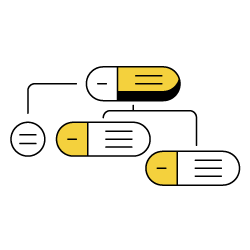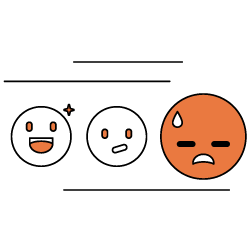Google’s stated objective is to make all of the world’s information accessible and useful to searchers. Today, as search engines mature, the process of indexing and SERP generation uses AI to better approximate user behaviors and experiences. Notably with Core Web Vitals, rankings are beginning to be adjusted using Chrome user feedback for certain metrics, confronting SERP positions and UX data. Even bots have evolved, with increased crawling by mobile and Javascript bots, to experience a site in a way that is more representative of real user experience.
User experience and influence on classic SEO
SEO has always tracked metrics that aim to reveal UX feedback. User evaluation of site experience has a direct influence on certain page metrics.
- Bounce rate: poor UX increases bounce rates
- Website expertise: studies show that site expertise is evaluated by visitors in the first microseconds of a visit, based on site design rather than content
- Backlinks: sites with better UX are more likely to earn natural backlinks
UX and the future of SEO
As search evolves, UX will likely become increasingly important. With Oncrawl, make sure technical issues aren’t hindering your user experience and keeping you from earning better rankings.
- Crawl your site with JavaScript
- Eradicate page errors and improve page speed
- Spot and correct redirection loops and chains
- Prepare for the use of Core Web Vitals as ranking factors














